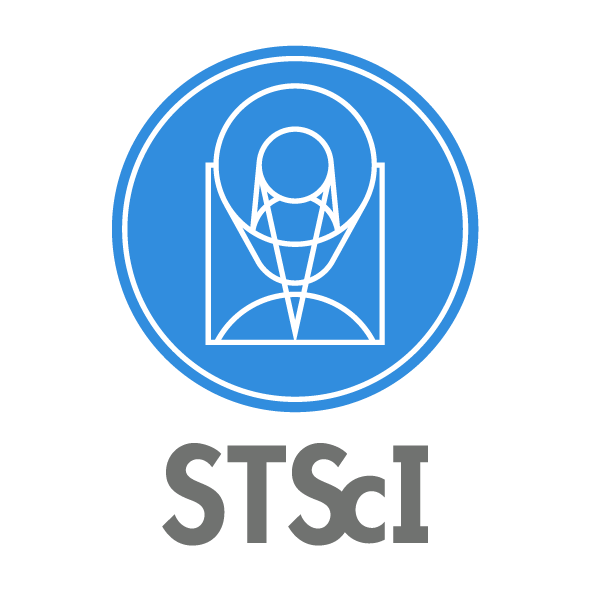astronomy
TESS-Gaia Light Curve (TGLC) is a PSF-based TESS full-frame image (FFI) light curve product. Using Gaia DR3 as priors, the team forward models the FFIs with the effective point spread function to remove contamination from nearby stars. The resulting light curves show a photometric precision closely tracking the pre-launch prediction of the noise level: TGLC's photometric precision consistently reaches ≲2% at 16th TESS magnitude even in crowded fields, demonstrating excellent decontamination and deblending power.
Details →
Usage examples
See 3 usage examples →
astronomy
The James Webb Space Telescope (JWST) is the world's next flagship infrared observatory led by NASA with its partners, ESA (European Space Agency), and CSA (Canadian Space Agency). JWST offers scientists the opportunity to observe galaxy evolution, the formation of stars and planets, exoplanetary systems, and our own solar system, in ways never before possible.
Details →
Usage examples
See 2 usage examples →
astronomy
The Transiting Exoplanet Survey Satellite (TESS) is a multi-year survey that has discovered exoplanets in orbit around bright stars across the entire sky using high-precision photometry. The survey also enables a wide variety of stellar astrophysics, solar system science, and extragalactic variability studies. More information about TESS is available at MAST and the TESS Science Support Center.
Details →
Usage examples
See 2 usage examples →
astronomy
The Galaxy Evolution Explorer Satellite (GALEX) was a NASA mission led by the California Institute of Technology, whose primary goal was to investigate how star formation in galaxies evolved from the early universe up to the present. GALEX used microchannel plate detectors to obtain direct images in the near-UV (NUV) and far-UV (FUV), and a grism to disperse light for low resolution spectroscopy.
Details →
astronomy
The Hubble Space Telescope (HST) is one of the most productive scientific instruments ever created. This dataset contains calibrated and raw data for all currently active instruments on HST: ACS, COS, STIS, WFC3, and FGS.
Details →
astronomy
The K2 mission observed 100 square degrees for 80 days each across 20 different pointings along the ecliptic, collecting high-precision photometry for a selection of targets within each field. The mission began when the original Kepler mission ended due to loss of the second reaction wheel in 2013.
Details →
astronomy
The Kepler mission observed the brightness of more than 180,000 stars near the Cygnus constellation at a 30 minute cadence for 4 years in order to find transiting exoplanets, study variable stars, and find eclipsing binaries.
Details →
astronomy
The PS1 surveys used a 1.8 meter telescope and its 1.4 Gigapixel camera to image the sky in five broadband filters. The largest of these surveys provides coverage of the entire sky north of -30 degrees declination, with approximately 10 observation epochs across 3 years in each filter.
Details →
astronomy
Gaia DR3 data were originally released by the European Space Agency in December 2020. This HATS-formatted catalog was produced by the LSST Interdisciplinary Network for Collaboration and Computing. The GAIA HATS Datasets are specifically designed for efficient spatial cross-matching with other HATS-format catalogs, whether within the same archive or across distributed archive data centers. This enables astronomers to perform complex analyses, such as identifying correlations or overlaps between datasets from different surveys. Users can leverage LSDB (Large-Scale Database), a scalable spatial ...
Details →
Usage examples
See 1 usage example →



 The
The